Sales Smart Goals examples is a flexible framework which can be utilized to generate realistic sales targets and measure progress towards them consistently over time.
The flexible framework helps you accurately analyze how far your sales objectives have been achieved and automatically provides essential features that help you identify your sales objectives and measure your sales performance against them.
This framework is an ideal solution for anyone who has a sales person who may need to make frequent sales projections and who also has a salesperson who needs to make decisions about the level of sales effort in a timely fashion.
Why It Is Important To Set Effective Sales Goals
For salespeople, setting goals is an absolute must and they have to set smart goals that are both meaningful and achievable. Smart goals are generally called Life-cycle goals because they are the drivers of sales for a company over a period of time. Therefore, it is necessary that a sales smart goals meet the needs of the organization in terms of the life-cycle and the type of sales. It is advisable that salespeople set a number of very specific and measurable goals along with milestones so that a clear picture of their company’s progress is continually generated.
Sales Smart Goals Examples
As a part of the sales smart goals examples, Life-cycle goals refer to the activities, processes and systems that support the smooth running of a sales team. In a sales team, the reps will work as part of a specific team – either primary or secondary. The tasks performed by reps will be based on their experience and on the assignment given by the sales team manager. Reqs will be identified and the reason for the request is also identified. Based on the requirement, the rep can either sign up for the task or delegate the responsibility to another of the reps.
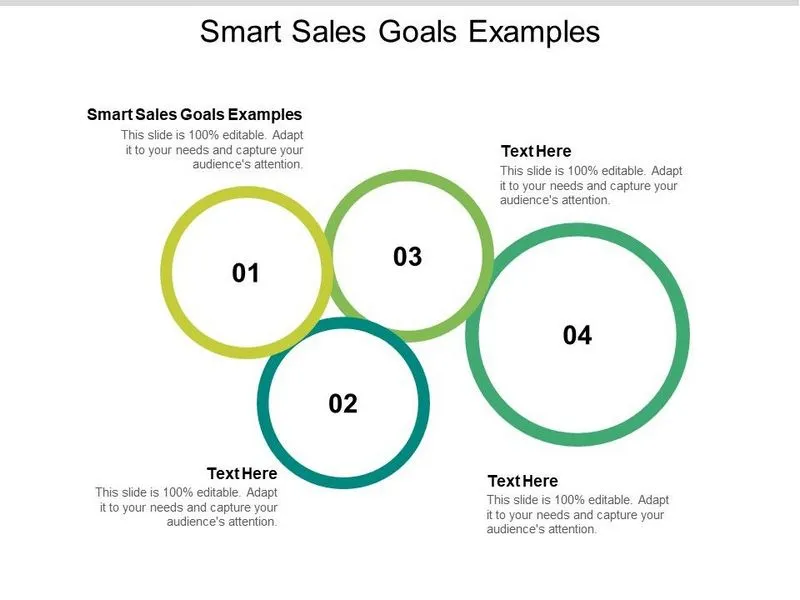
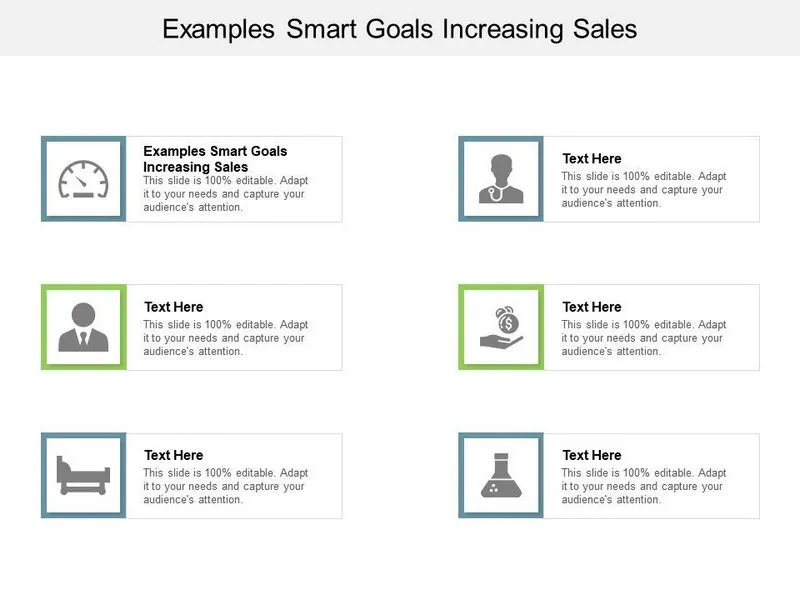
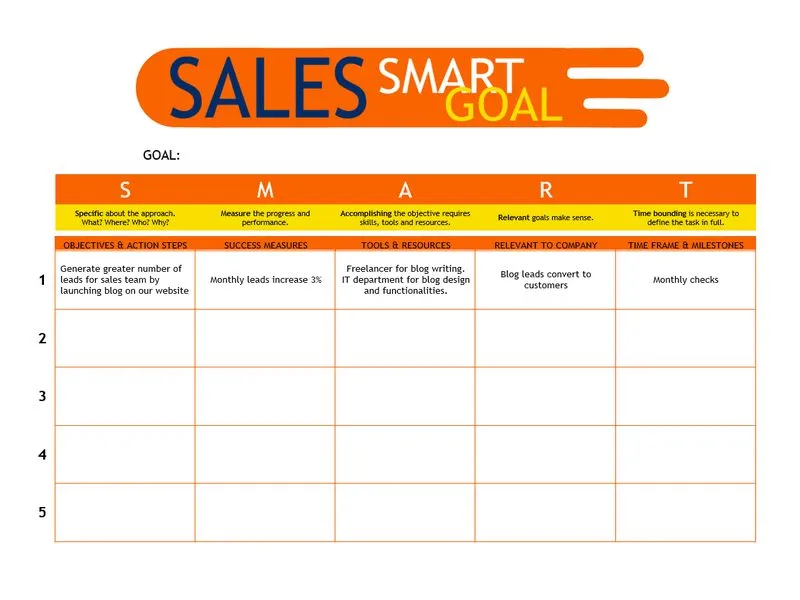
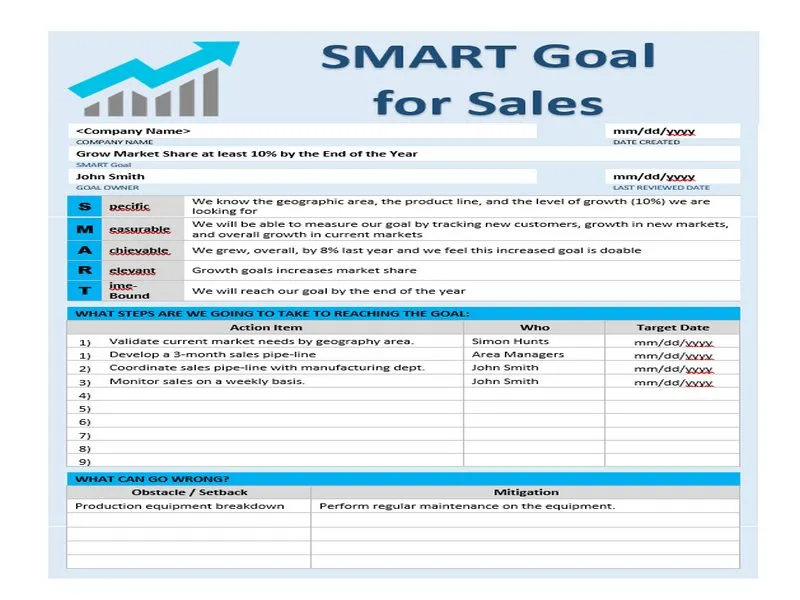
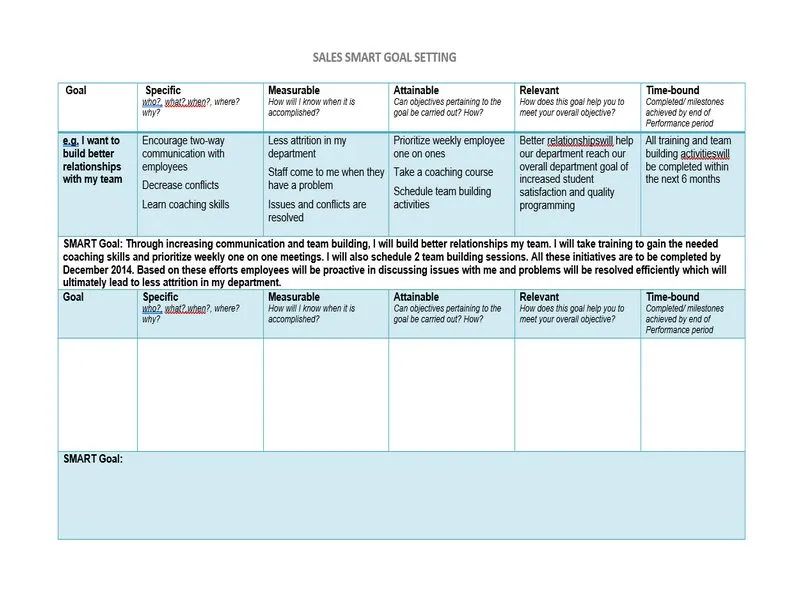
In addition, there are some common ways of achieving Life-cycle sales smart goals examples. The first step is to have a defined goal, which should be communicated every time an issue is raised. For instance, you can start by asking your customers to complete a survey so that you will know the kind of issues they are facing and the possible solutions. You can then incorporate the solutions in your marketing materials. You can use mr. x’s e-mail subscription list to get customer feedback. The subscription list will help you to identify problems and find possible solutions.
To set goals smartly, make sure that you are able to set realistic goals that are within your capacity. If your capability is limited, you should still set reasonable goals. Set the goal and the associated measure so that there is a clear-cut understanding that there is a connection between the two.
After you have identified the problem and the possible solutions, you can now set the goal. The purpose of the goal should be to achieve the desired results within a defined period of time. With the smart goals help, you do not have to keep changing your marketing strategies because all your efforts are focused on one goal. As you stick to your SMART goal, your customers will come and continue to buy from you.
Smart goals also help in defining performance instead of using a traditional performance-based scale. This helps in creating a better corporate culture. The ability to define performance has been referred to as the power of positive thinking. A corporate culture that is based on smart goals can achieve the goal faster than any other process.
Setting smart goals examples will definitely help you to succeed in the sales process. Start with writing down your goal in a piece of paper, with a pen, or in your head. This will give you a concrete outline to work towards. When you know where you are, it is now time for you to set SMART goals. Remember to time-bound your goal so that you are able to achieve it.